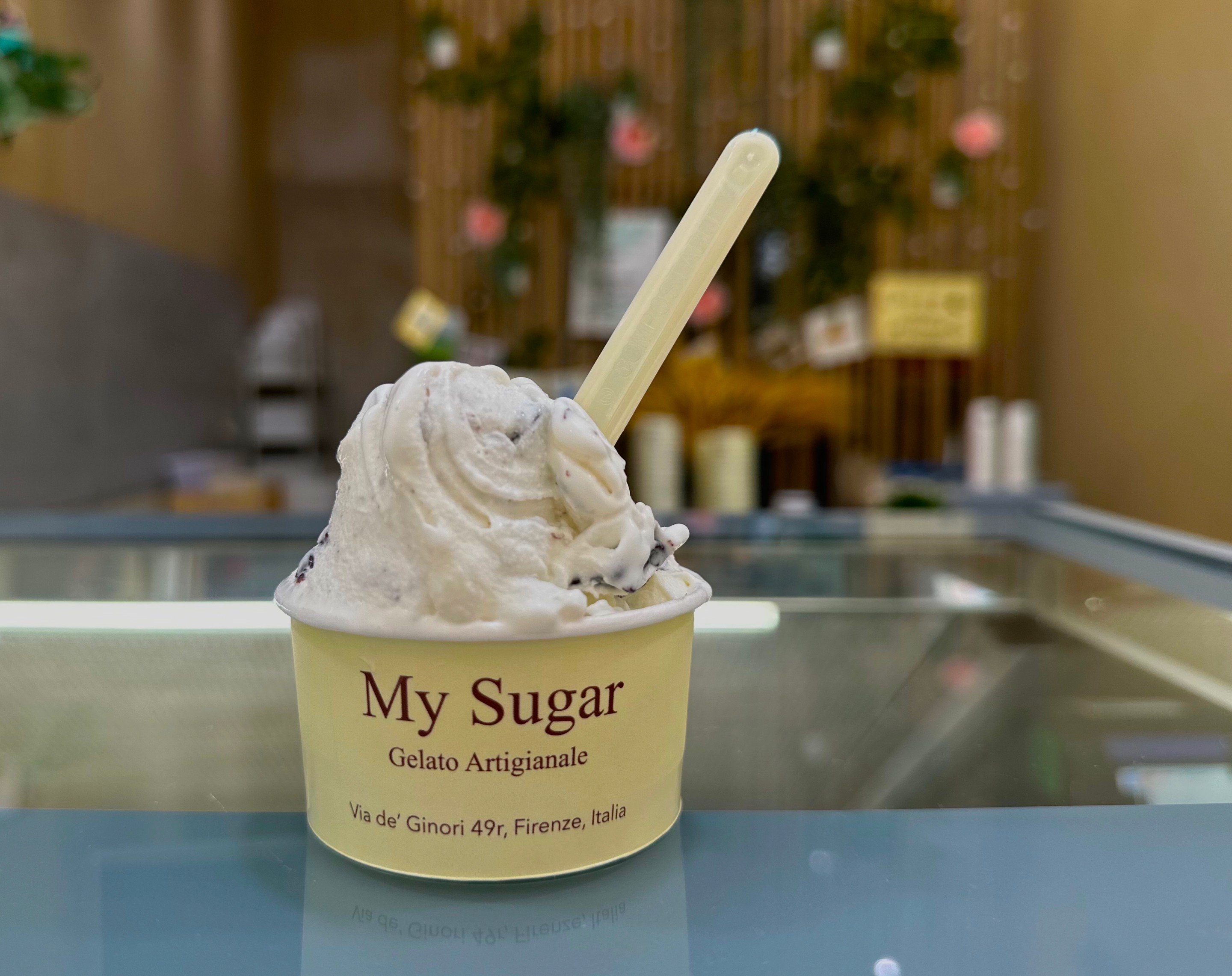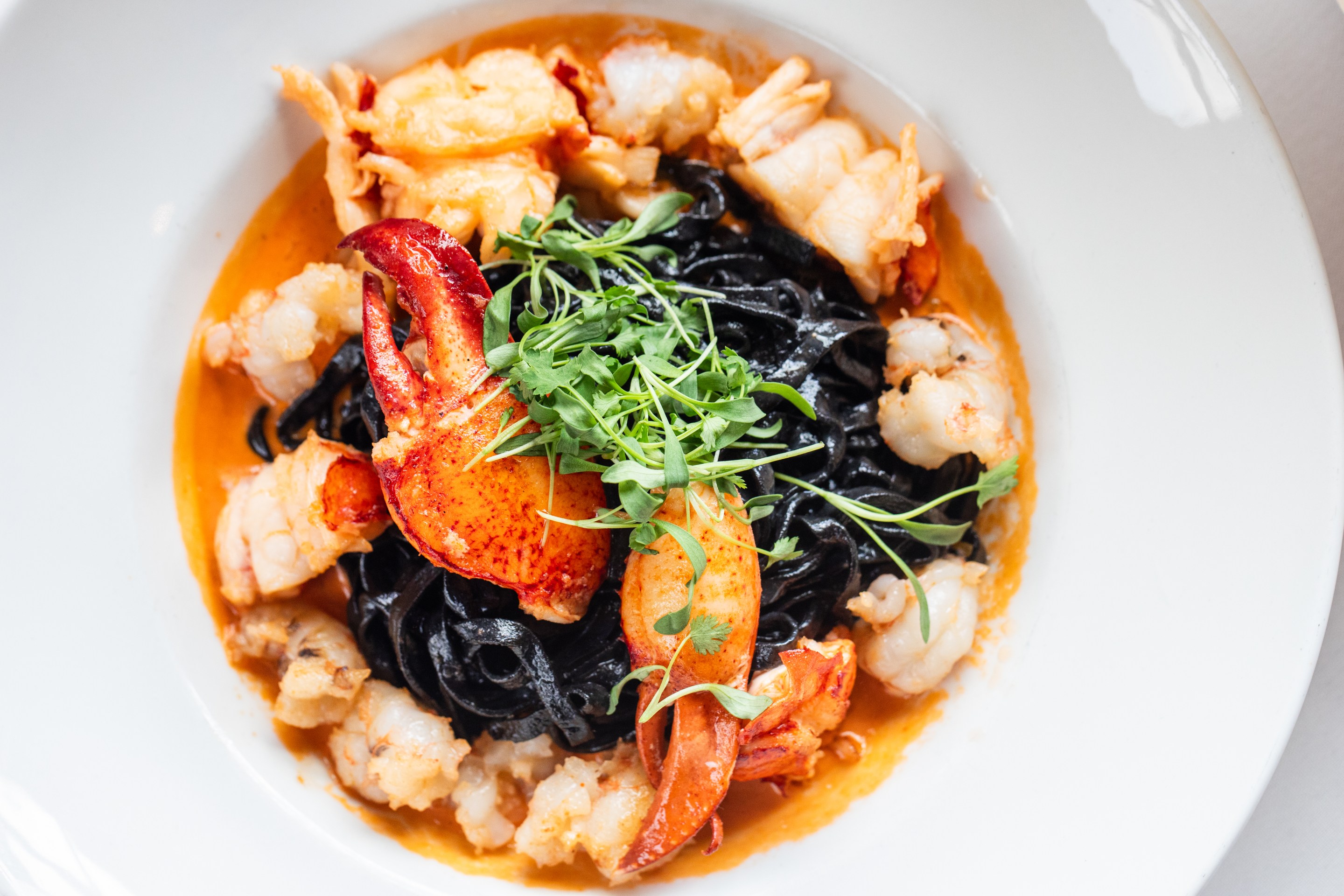Florence is considered the birthplace of gelato, invented by Buontalenti for Catherine de Medici in 1565. Nearly five centuries later, the problem today in Florence isn’t finding good gelato, but making sure you don’t miss any of it! The sheer volume of so many sumptuous gelaterie in the Renaissance city can be overwhelming. I am here to help.
After 15 years of hosting food tours in Florence, I’m still trying to decide which is the best gelateria in town. The truth is, I don’t have one favorite shop; I have favorite flavors at specific shops. So, with that in mind, below are six gelaterie that have excellent quality, creativity, and even a sense of nostalgia for the locals, along with a list of helpful gelato terms to memorize.
Perchè no!: Translating to “Why not,” Perche no! dates back to 1939. The Cammilli family makes flawless gelato, sorbetto, granita, and semifreddi. The fruit flavors are sublime, and their pistachio is one of the best in town. Be sure to try their signature flavors: fior di latte sprinkled with toasted sesame and honey (a lovely combination of smooth, cold, and crunch). Speaking of crunch, their coffee crunch has a caffè base with ribbons of chocolate and crunchy almonds.
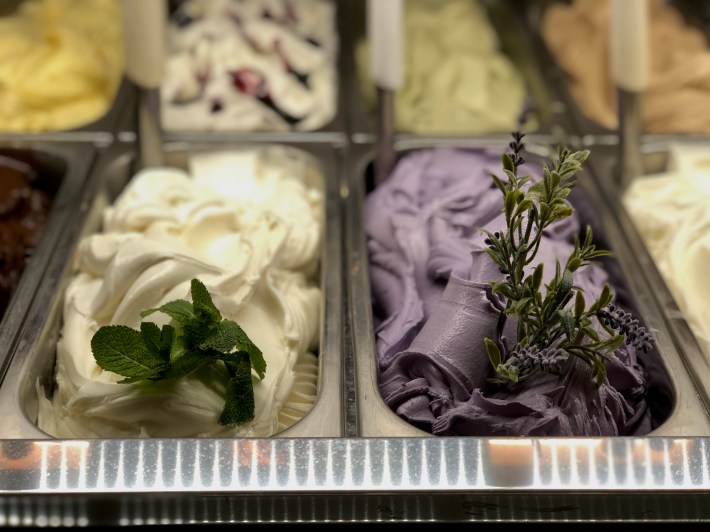
La Sorbettiera: Antonio Ciabattoni now has three locations in Florence. The original located in Piazza Tasso, the 2nd just off Piazza Santo Spirito, and the newest which is centrally located between Santa Maria Novella and the Duomo. There are imited flavors daily with my new favorite being the Oltrarno: fiordilatte with a touch of salt.
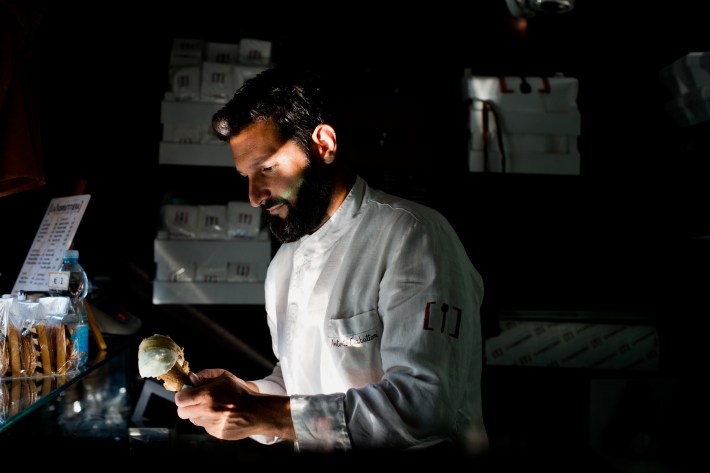
Gelateria della Passera: Perhaps the tiniest gelateria on this list, this sweet boutique is tucked in a corner of Piazza della Passera, making about 10 flavors daily. Cinzia Otri goes beyond the familiar flavors with masterpieces like her award-winning Monnalisa or Sole di Amalfi, both refreshing on a hot day. Her gelato is considered not just among the best in town but in the world as well.
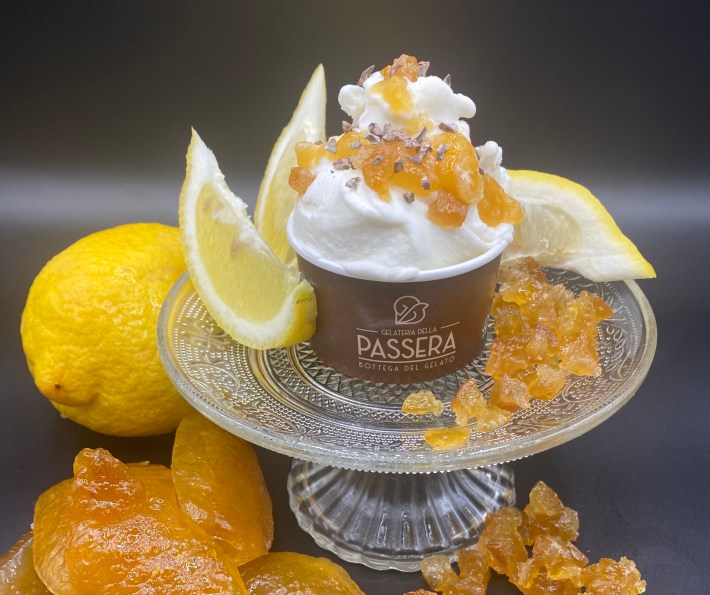
My Sugar: Recently celebrating eight years of churning, this San Lorenzo gem has become a favorite of many locals. Though the name is in English, their gelato is local and produced in house. Popular flavors include black sesame (imagine if tahini and gelato had a baby) and their caramello salato.
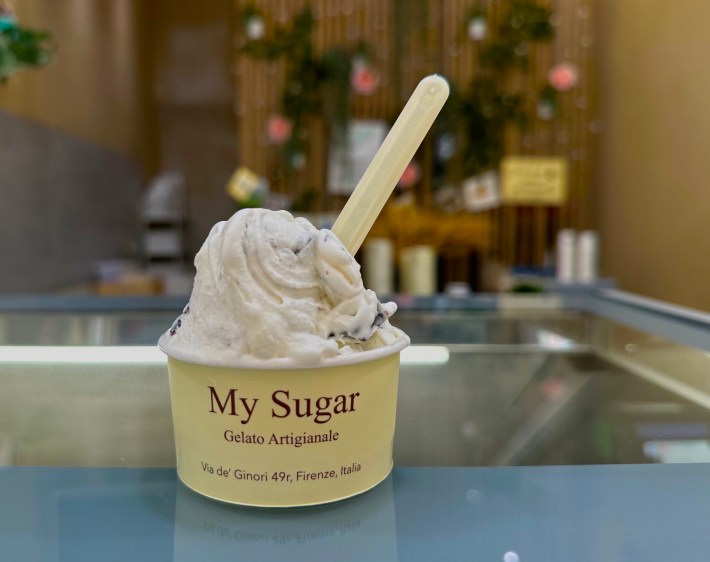
Vivoli: Nobody makes a better affoggato than historic Gelateria Vivoli, and their traditional riso (rice) gelato is a favorite among locals. They also have seating and a bathroom, rarities in most gelato shops. Head here when visiting the breathtaking church of Santa Croce, which is only 3 minutes away on foot.
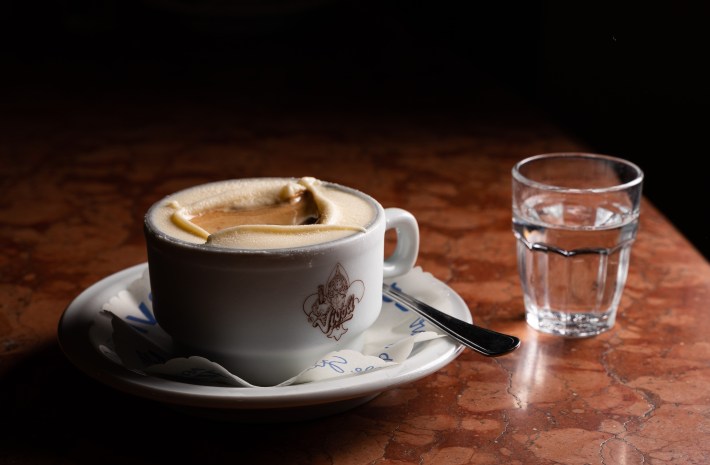
Gelateria de Medici: The original location out in the Statuto area was a hidden gem enjoyed only by locals. Fortunately, the Teglia family has opened a second location in Piazza Beccaria (an easy, worthwhile walk from the city center). The fruit creations are a work of art and coveted at dinner parties, but if you’re just having a cone or cup on the run, be sure to try their house flavor Crema de Medici, which has been declared addictive by many a local.
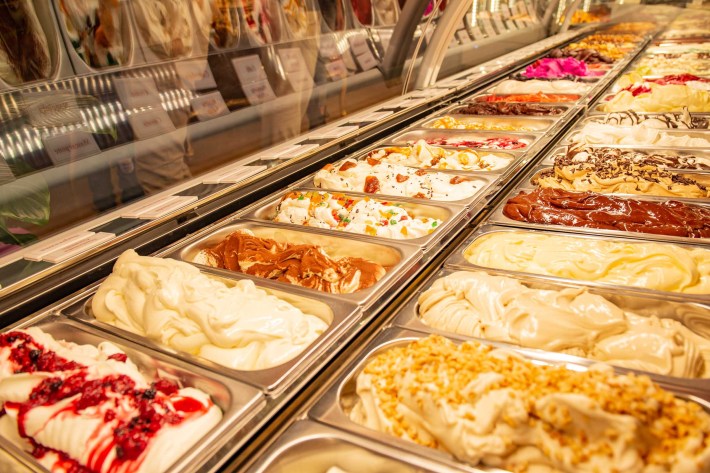
Speaking of gelato shops that were once tucked away in far outskirts of Florence, legendary Badiani (since 1932) has just opened a new location near the Duomo on Via Tosinghi.
The scoop on gelato and more (some helpful vocabulary for cold treats in Italy):
- Fior di latte: A primarily milk-based gelato. Usually pretty subtle and neutral, making a perfect base for toppings (also great on its own and the benchmark of an excellent gelateria).
- Crema: A noticeably richer gelato, containing egg in addition to dairy. Crema can be enjoyed alone, and is often used as a base for other toppings.
- Gelato: Milk and/or cream based frozen dessert. Often translated into “ice cream” high quality gelato, however, usually has a different consistency and contains more milk and less heavy cream than other “ice creams” of the world.
- Sorbetto: Proper sorbetto contains no dairy and is usually fruit based. What it lacks in dairy fat it makes up for in sugar (you must have one or the other to get that creamy mouth-feel). The oldest frozen desserts were the closely related serbet (google “serbet” to go down a rabbit hole).
- Granita: Also lacking dairy but containing more water (and less sugar) than sorbetto, granita is noticeably coarser on the palate. Be sure to try a coffee granita in a brioche: the breakfast of champions in Sicily.
- Semifreddo: Essentially translates to “kind of cold.” This is whipped cream based, making it less cold on the palate since the high dairy fat and air content help maintain a creamy consistency at a higher temperature than gelato.
- Gusti: While in Italy, don’t be afraid to get more than one gusto, or flavor, in your cup. If you choose well, you may even create a combo that elevates the flavors.
